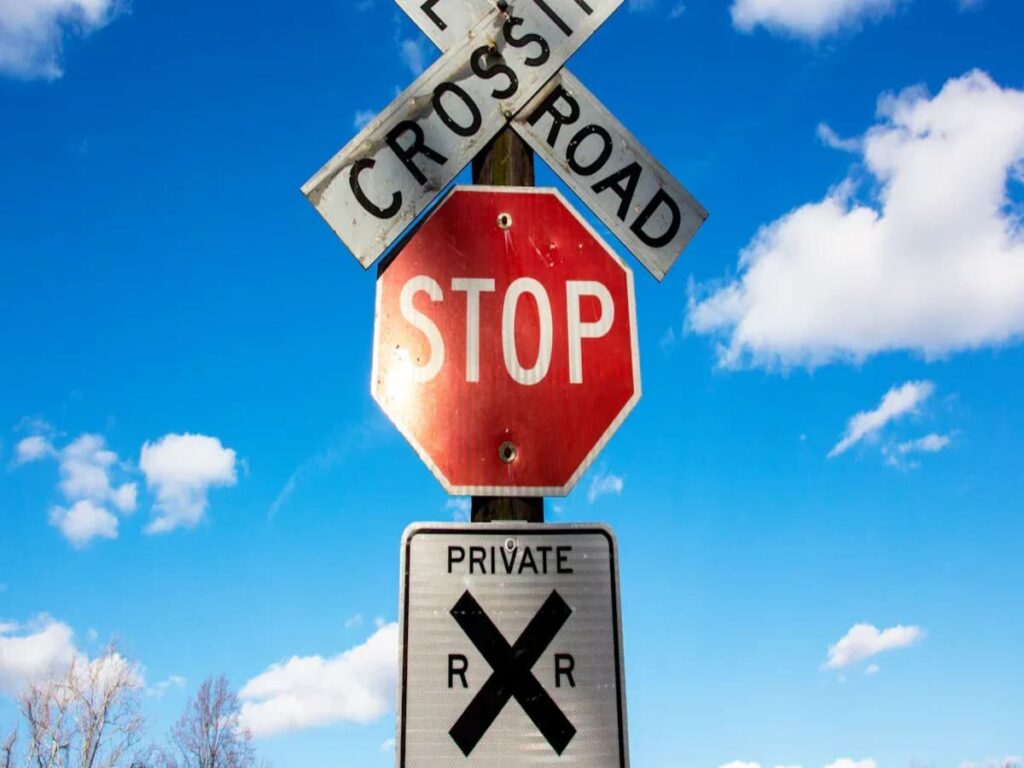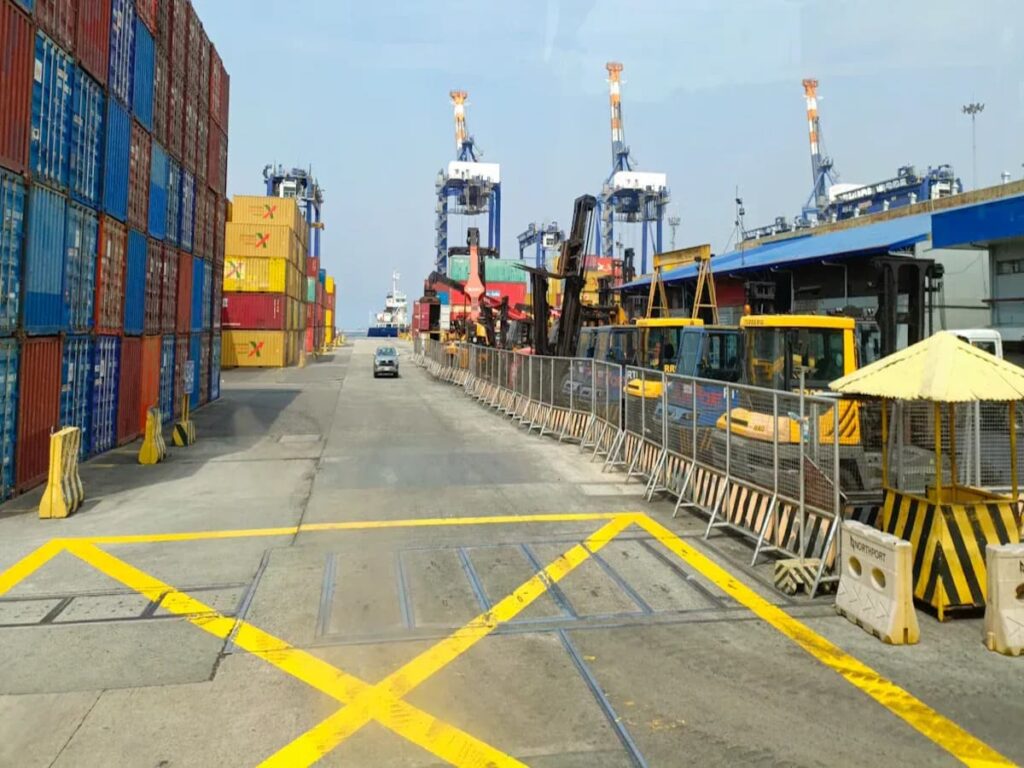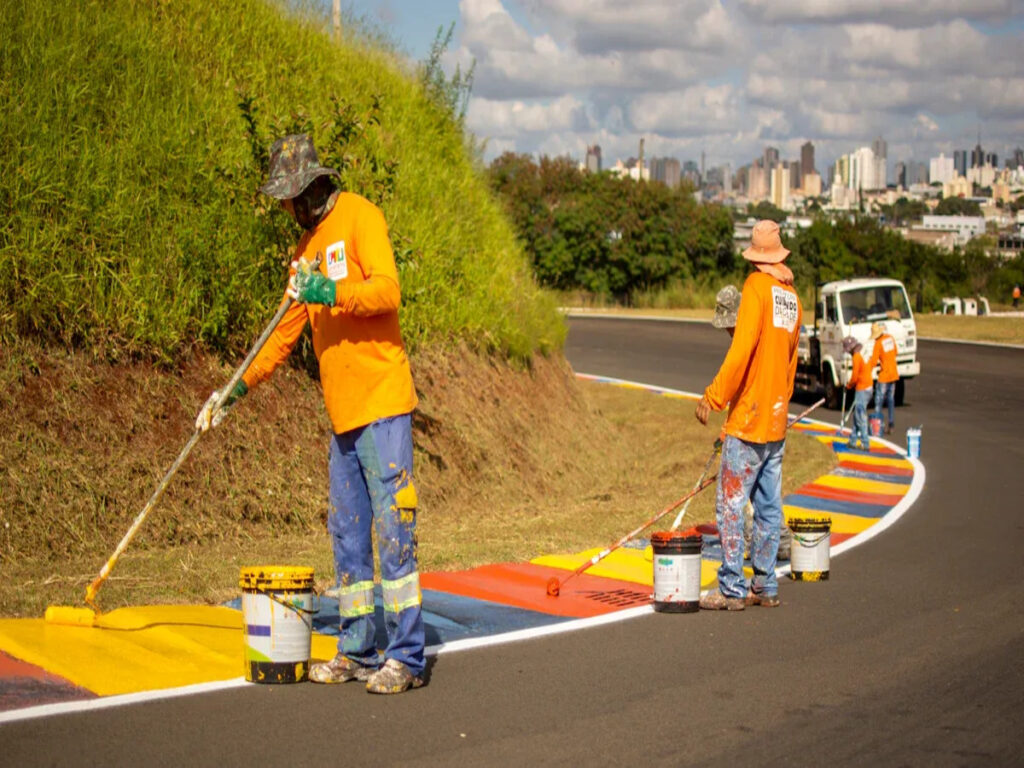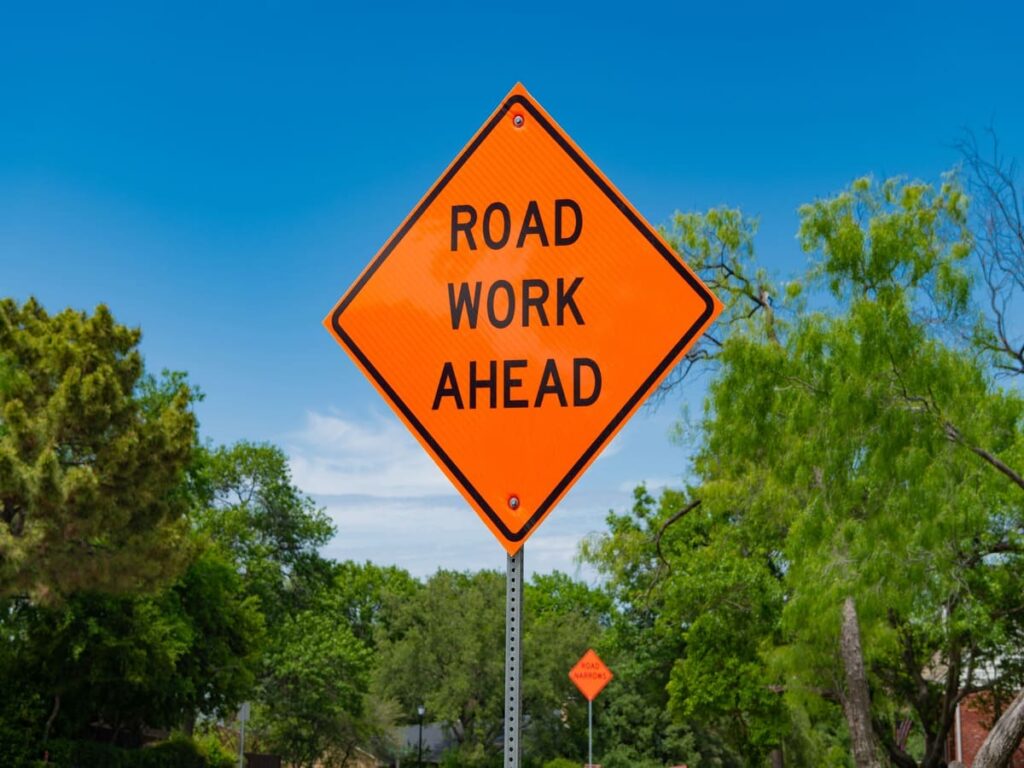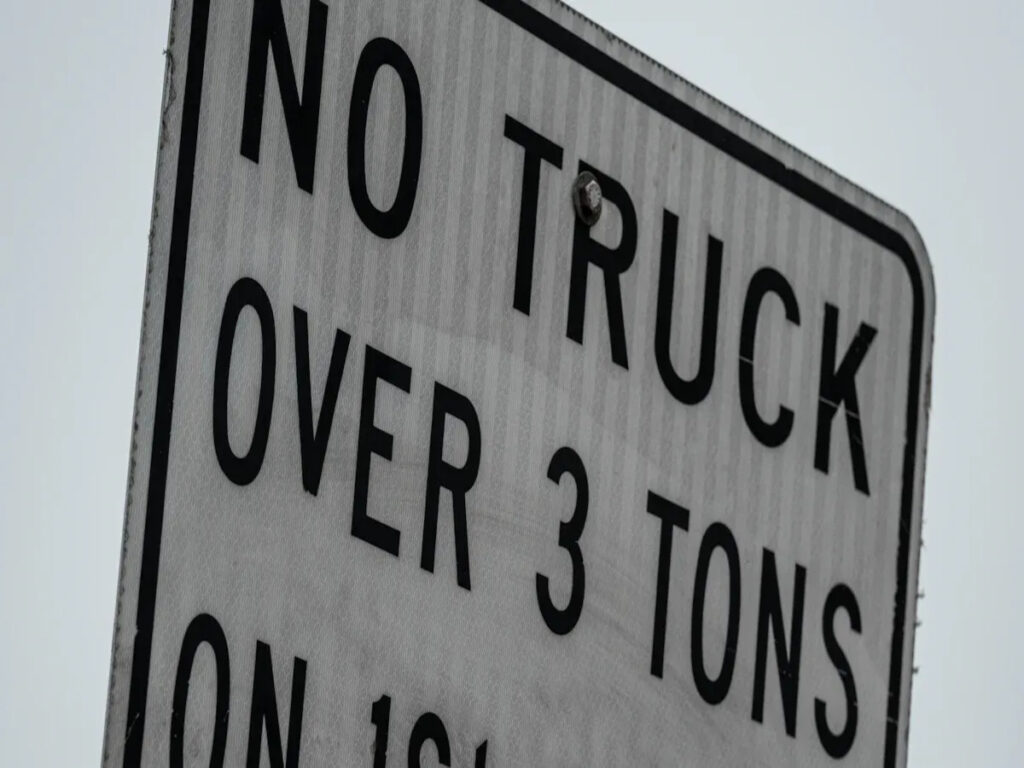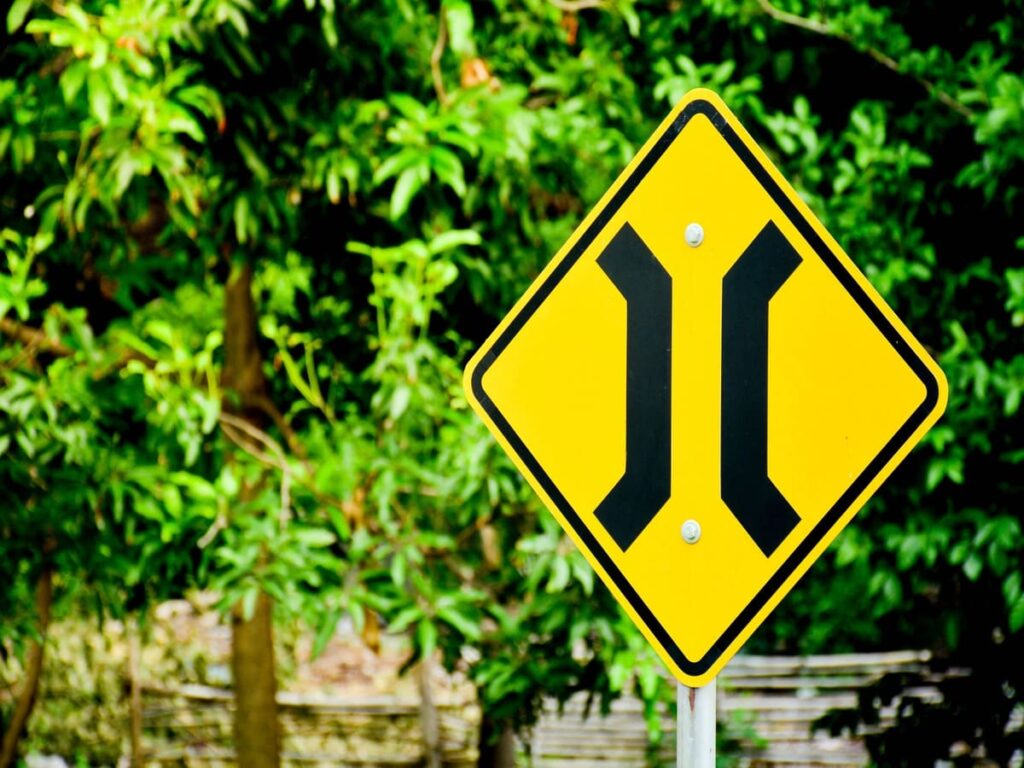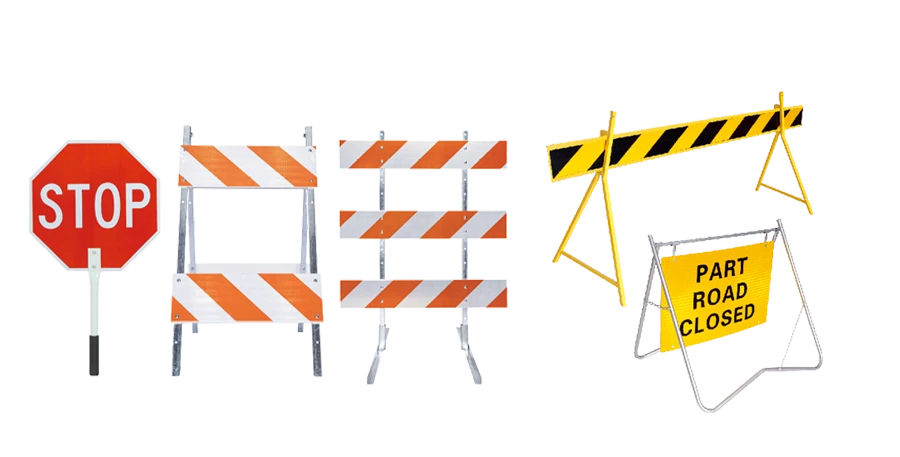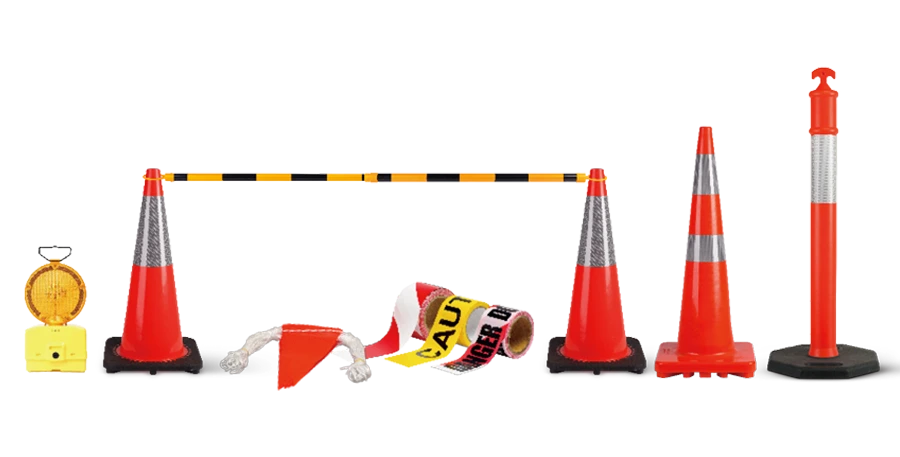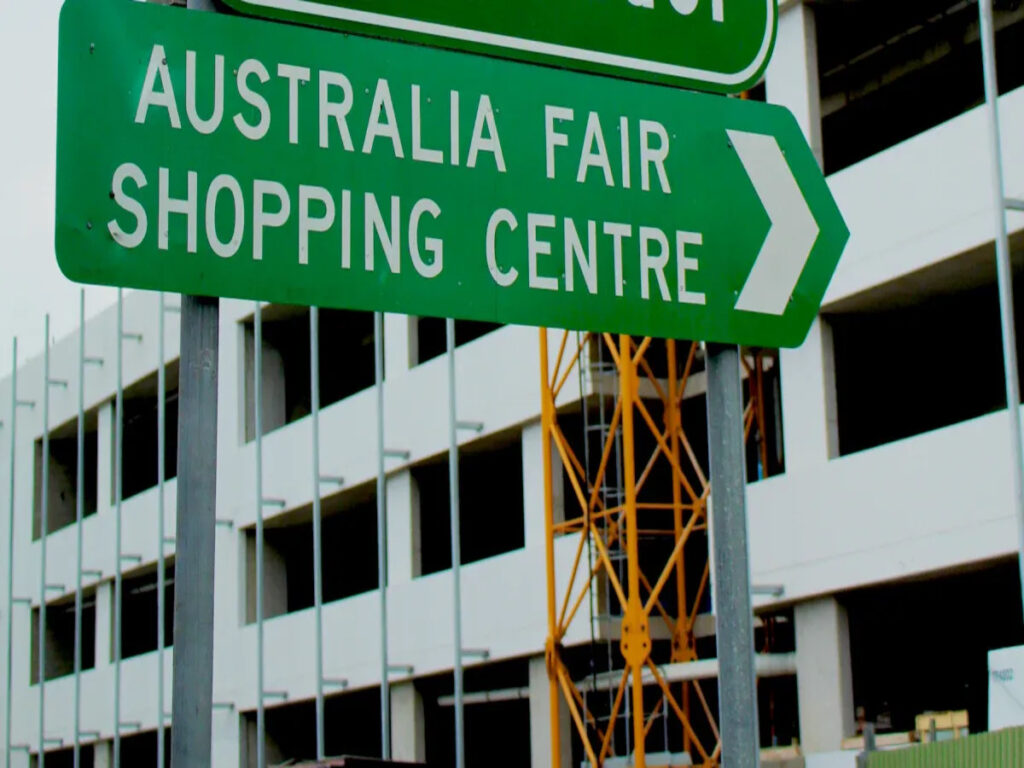
I segni riflettenti di classe 1W sono necessari in Australia per la massima visibilità e sicurezza. Questi segni sono usati sulle autostrade, autostrade, zone scolastiche, e tunnel. Le autorità stradali scelgono la classe 1W per i luoghi con traffico veloce, Luce fioca, o strade difficili. La riflettività grandangolare aiuta i conducenti a vedere i segni in anticipo e chiaramente. Ciò riduce la possibilità di pericolo nei punti rischiosi.
Optraffic Supplies Classe 1W segni riflettenti Realizzato con materiali premium da 3M E Avery Dennison. I nostri segni si incontrano come/NZ 1906.1 standard e sono attendibili da appaltatori e consigli in tutta l'Australia per visibilità ad alte prestazioni e durata a lungo termine.
Takeaway chiave
- I segni riflettenti di classe 1W aiutano le persone a vedere meglio in molti luoghi. Questi luoghi includono autostrade, Gantries in testa, zone scolastiche, tunnel, e incroci pericolosi. I segni rendono le strade più sicure per tutti.
- Gli standard australiani e le regole statali ci dicono quando utilizzare i segni di classe 1W. I project manager devono esaminare entrambi i set di regole prima di mettere in scena i segni.
- I segni di classe 1W sono molto luminosi e possono essere visti da molti angoli. Questo aiuta i conducenti a notare i segni in anticipo. Abbassa la possibilità di incidenti e aiuta i conducenti a reagire più velocemente su strade occupate o difficili.
- L'uso dei fornitori approvati e il mantenimento di buoni record assicura che i segni seguano gli standard australiani. Questo smette anche di ritardi costosi o problemi legali.
- La raccolta di lettere di classe 1W consente di risparmiare denaro nel tempo perché dura più a lungo. Ha bisogno di meno sostituti e aiuta a proteggere le persone in viaggio.
Standard normativi
COME 1742 e AS/NZS 1906.1
Gli standard australiani danno le regole principali per i segni riflettenti sulle strade. COME 1742.1-2014 Dice che i segnali di lavoro su strada devono utilizzare fogli retroreflettiti che soddisfano almeno la classe 1, Come spiegato in AS/NZS 1906.1. Gli standard non dicono sempre quando usare la classe 1W. Aiutano le persone a scegliere la classe giusta guardando dove va il segno e com'è l'area. AS/NZS 1906.1 Dà suggerimenti per la raccolta e l'utilizzo di fogli retroreflettiti. Non mostra numeri tecnici esatti per la classe 1W nelle parti a controllo. Ma dice la classe 1 è il più basso consentito per molti usi. I project manager devono pensare a dove si trova il segno, il suo angolo, e l'illuminazione per decidere se è necessaria la classe 1W. Da questa parte, I segni riflettenti possono essere visti bene in ogni situazione.
Nota: Gli standard si preoccupano di quanto bene i segni funzionino e la sicurezza. Lasciano che i team di progetto facciano scelte per ogni lavoro. Guarda sempre la versione più recente di ogni standard prima di iniziare un progetto.
Requisiti dell'autorità statale
Le autorità della strada statale in Australia aggiungono spesso le proprie regole a quelle nazionali. Per esempio, Trasporto per il Nuovo Galles del Sud E Vicroads in Victoria Desideri passaggi extra per i segni riflettenti. Questi gruppi usano il Manuale di dispositivi di controllo del traffico uniformi (MUTCD) e altre guide per stabilire più regole. Nel Nuovo Galles del Sud, Le regole assicurano che i segni non bloccano ciò che i conducenti vedono e sono facili da individuare. A Victoria, Le regole dicono quanto in alto mettere i segni e quanto lontano dagli incroci. I consigli locali potrebbero desiderare segni più grandi o più luminosi in luoghi trafficati o oscuri. Queste regole extra significano spesso segni riflettenti di classe 1W in cui c'è molto traffico o scarsa luce. I team di progetto devono controllare le regole nazionali e statali per assicurarsi che ogni segno segua tutte le regole.
Dove sono richiesti segni riflettenti di classe 1W
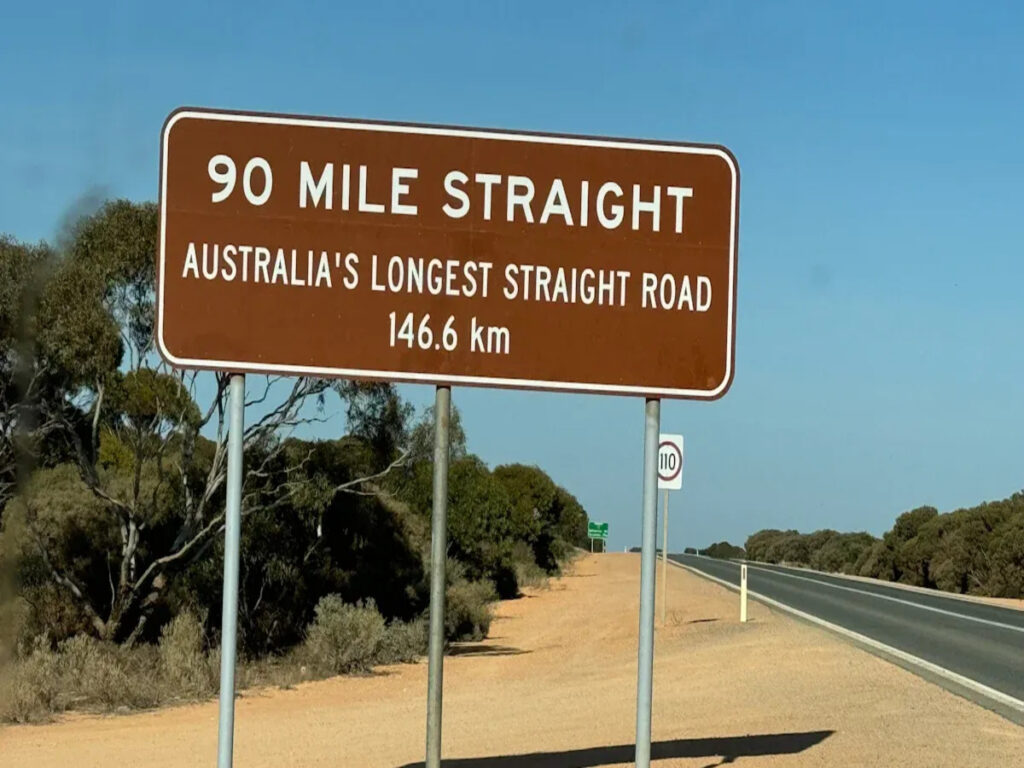
Segni generali e cavalli
I segni di alto livello e cavaliere aiutano i conducenti su strade trafficate. Questi segni sono al di sopra di molte corsie. I conducenti provengono da direzioni diverse e guidano velocemente. I segni riflettenti di classe 1W sono facili da vedere da qualsiasi corsia. Questo aiuta ogni conducente a leggere chiaramente il segno. Gli standard australiani e le regole statali affermano che questi segni devono essere molto riflessivi. Questo impedisce ai conducenti di segni mancanti o di cambiare le corsie improvvisamente. I project manager scelgono la classe 1W per questi luoghi per seguire le regole. Questo aiuta anche a fermare gli incidenti da segni difficili da vedere.
Autostrade e autostrade
Autostrade e autostrade hanno bisogno di segni molto facili da vedere. Le auto vanno velocemente, Quindi i conducenti hanno bisogno di più tempo per leggere i segni. I segni riflettenti di classe 1W sono più luminosi e durano più a lungo. Questo li rende buoni per autostrade e autostrade. La tabella seguente mostra come funzionano diversi tipi di segno riflettente:
| Caratteristica | Classe 1 Fogli riflettenti | Classe 2 Fogli riflettenti | Classe 3 Fogli riflettenti |
|---|---|---|---|
| Riflettività | Standard | Alto | Molto alto |
| Miglior utilizzo | Urbano, Strade residenziali | Strade principali | Autostrade, autostrade |
| Gamma di visibilità | Fino a 300 metri di notte | Moderare | Più alto |
| Costo | Basso | Medio | Alto |
| Durata | 5-7 anni | 7-10 anni | 10+ anni |
| Idoneità per strade ad alta velocità | Non abbastanza luminoso per le autostrade | Consigliato per le strade più affollate | Ideale per autostrade e autostrade |
I segni riflettenti di classe 1W usano perle di vetro all'interno del segno. I conducenti possono vedere questi segni da più di 300 metri di distanza, Anche in caso di maltempo. Questo dà ai conducenti più tempo per reagire e rimanere al sicuro. Aiuta a fermare gli incidenti su strade veloci.
Zone scolastiche e aree di avvertimento
Le zone scolastiche e le aree di avvertimento hanno bisogno di conducenti per prestare molta attenzione. I bambini potrebbero attraversare la strada senza preavviso. Cambiamenti del traffico durante gli orari della scuola. I segni riflettenti di classe 1W sono facili da vedere in questi luoghi. Si distinguono al mattino e al pomeriggio quando non è molto luminoso. Gli studi dimostrano che i segni luminosi aiutano i conducenti a seguire le regole. Smettono anche di passare illegali vicino alle scuole. Per esempio, La ricerca ha scoperto che i pannelli riflettenti sugli scuolabus tagliano il passaggio illegale 80%. Ciò significa che segni chiari nelle zone scolastiche aiutano a mantenere i bambini al sicuro e inferiori al numero di incidenti.
Mancia: Controlla sempre cosa vuole il tuo consiglio locale per le zone scolastiche. Alcuni posti chiedono segni riflettenti più grandi o più luminosi per rendere le cose più sicure.
Tunnel e posizioni in condizioni di scarsa illuminazione
Tunnel e luoghi bui rendono difficile vedere i segni. Le luci nei tunnel non raggiungono sempre ogni punto. Non c'è luce solare in tunnel. I segni riflettenti di classe 1W brillano quando i fari li colpiscono da molti angoli. Ciò significa che i conducenti possono vedere avvertimenti e indicazioni, Anche quando è buio. Le regole statali spesso dicono di usare la classe 1W in tunnel. Questo mantiene i conducenti al sicuro e smette di confusione o uscite mancate.
Incroci ad alto rischio
Gli incroci ad alto rischio hanno molti incidenti perché il traffico è difficile e difficile da vedere. Mettere i segni riflettenti di classe 1W qui aiuta i conducenti a notare l'incrocio prima. Questo abbassa i numeri di crash. La Federal Highway Administration afferma che segni migliori possono tagliare alcuni incidenti fino a 40%. In Australia, Gli studi dimostrano che le strade con segni luminosi hanno meno incidenti. I segni riflettenti di classe 1W aiutano i conducenti a vedere le intersezioni prima. Ciò consente loro di fare scelte più sicure ed evitare fermate o curve improvvise.
- Il Queensland ha scoperto che i segnali di classe 1W hanno aiutato i conducenti a vedere i segni da 90 metri a oltre 300 metri di notte.
- Monash University Saw 25% meno incidenti sulle strade con segni luminosi.
- I piani nazionali dicono che segni migliori aiutano a abbassare le morti per la strada.
Visibilità grandangolare e seguire le regole rendono la classe 1W la scelta migliore per questi luoghi importanti.
Classe 1W vs Altri fogli riflettenti
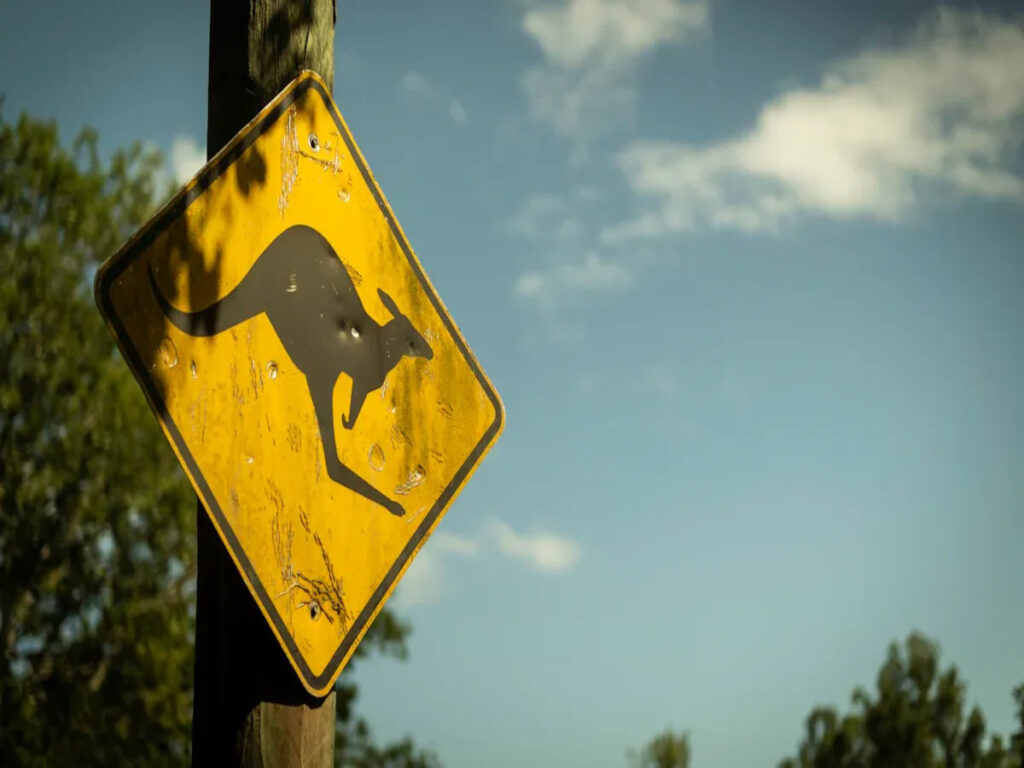
Differenze di prestazione
Il foglio di classe 1W è noto per essere luminoso da molti angoli. Dura anche a lungo. Standard australiani, come AS/NZS 1906.1, Imposta le regole per ogni classe. Classe 1 fogli Funziona meglio su strade tranquille con auto lente. Lo vedi spesso in quartieri e parcheggi. È abbastanza luminoso per questi luoghi e dura circa 5 A 7 anni. Classe 2 E Classe 3 i fogli sono più luminosi e durano più a lungo. Sono migliori per strade e autostrade trafficate.
La tabella seguente mostra le differenze principali:
| Classe | Livello di riflettività | Applicazioni tipiche | Durata | Costo | Proprietà adesive |
|---|---|---|---|---|---|
| Classe 1W | ~ 150 CD/Lux/M² | Urbano, aree residenziali | 5-7 anni | Costo inferiore | Forte, adesivo permanente |
| Classe 2 | ~ 180 CD/Lux/M² | Strade principali, traffico moderato | 7-10 anni | Costo medio | Adesivo standard |
| Classe 3 | Più alto | Autostrade, ad alto rischio, Traffico alto | 10+ anni | Più alto | A basso contenuto di tack, adesivo sensibile alla pressione riposizionabile |
Queste differenze cambiano quanto i driver possono vedere i segni. Influiscono anche per quanto tempo i segni durano in caso di maltempo. Alcuni tipi sono più facili da montare rispetto ad altri.
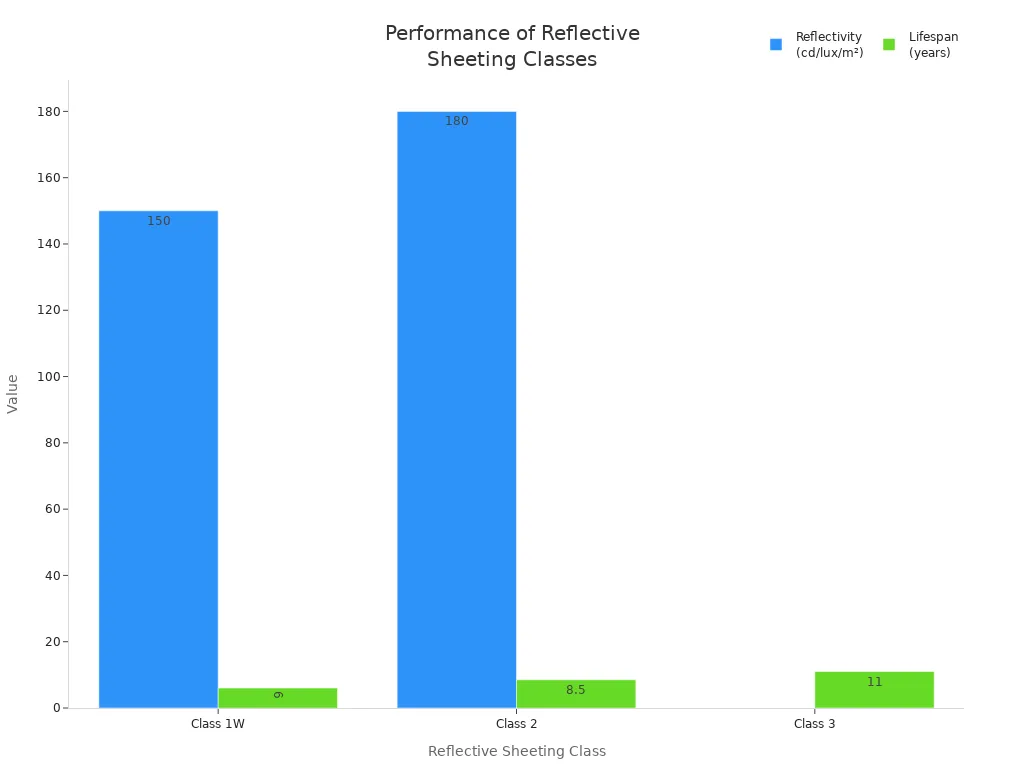
Scenari di applicazione
Devi scegliere il foglio giusto per ogni strada. Pensa al tipo di strada e a quanto deve essere sicuro. Il foglio di classe 1W è buono dove i conducenti devono vedere segni da molti angoli. Questo include segni aerei, tunnel, e zone scolastiche. Classe 2 e classe 3 i fogli sono i migliori per le autostrade e gli incroci impegnativi. Questi luoghi hanno bisogno di segni più luminosi e più longevi.
- Gli studi mostrano la classe 1W (ASTM Tipo XI) Il foglio può tagliare gli arresti anomali 25-46% In tre o sei anni.
- Segni con fogli avanzati, Come 3M ™ Diamond Grade ™ DG³, durano più a lungo e necessitano di meno sostituti. Questo consente di risparmiare denaro e tempo.
- I segni di guida con le lastre di tipo XI spesso non hanno bisogno di luci extra. Ciò significa meno elettricità e meno fissaggio.
- Il thone di tipo XI dura più di 12 anni e rimane luminoso più a lungo di altri tipi. Questo risparmia nel tempo.
I project manager spesso scelgono la classe 1W perché è sicuro e non troppo costoso. Il foglio giusto rende le strade più sicure e significa che è necessario meno fissaggio in seguito.
Conformità ai segni riflettenti
Certificazione dei fornitori
I project manager devono verificare che i fornitori seguano tutte le regole prima di acquistare segni riflettenti.
- I fornitori devono utilizzare la classe 1 o fogli di classe 1W che soddisfa come 1742.2 e AS/NZS 1906.1.
- Un certificato di conformità (Coc) mostra il prodotto superato tutti i test.
- Fogli materiali dal produttore dimostrano che i segni soddisfino gli standard australiani.
- I report dei test di laboratorio mostrano che i segni sono luminosi, forte, e può gestire il maltempo.
- Ogni segno deve avere un'etichetta con il nome del fornitore, classe di riflettività, codice, e numero batch in modo che possa essere monitorato.
- Gli importatori dovrebbero mantenere Certificati ISO o controlli di fabbrica per mostrare un buon controllo di qualità.
- Documenti di spedizione e dogana, come un certificato di origine e una fattura commerciale, sono necessari.
- Se questi passaggi sono persi, Potrebbero esserci ritardi nella dogana, multe, Oppure i segni potrebbero essere rispediti.
- Solo i segni che soddisfano gli standard australiani possono essere utilizzati su strade pubbliche.
- Mantenere i buoni record dal fare alla consegna aiuta a verificare che vengano seguite le regole e riduce il rischio.
Documentazione e verifica
Gli appaltatori usano modi diversi per verificare se segni riflettenti seguono le regole:
- Controlli di prequalificazione esaminare i registri di sicurezza, Materiali, e piani di rischio.
- L'induzione dell'appaltatore assicura che tutti i lavoratori conoscano le regole di sicurezza.
- Accedi App Traccia chi è sul posto e controlla se seguono le regole.
- Controlli di sicurezza annuali, Nuova formazione, e le recensioni delle prestazioni mantengono gli standard alti.
- Gli appaltatori devono avere le licenze e la formazione giuste per il loro lavoro.
- Documenti assicurativi, come la compensazione dei lavoratori e la responsabilità pubblica, deve essere aggiornato.
- Controllare significa guardare alle date di scadenza, copertura, E se i documenti sono reali.
- Il software di gestione degli appaltatori aiuta a mantenere tutto questo organizzato.
Insidie comuni
Molti progetti hanno problemi quando i team dimenticano importanti passaggi di conformità.
Se i certificati mancano o vecchi, I segnali stradali possono essere respinti o in ritardo di progetti.
Alcuni team usano materiali che ci incontrano solo regole, Ma questo non è consentito in Australia.
La cattiva tenuta dei registri rende difficile tenere traccia dei segni o dimostrare che seguono le regole durante i controlli.
Non seguire le regole può significare multe, penalità, o dover abbattere i segni.
I project manager dovrebbero sempre controllare i documenti e i dettagli del fornitore per evitare questi problemi.
La classe 1W è necessaria per i segni aerei, autostrade, zone scolastiche, tunnel, e incroci ad alto rischio. Gli standard australiani dicono che questi luoghi devono usare la classe 1W. L'uso dei materiali giusti aiuta a vedere tutti i segni in tutto il tempo e la luce. Questo mantiene le strade al sicuro e segue la legge. I project manager dovrebbero controllare spesso i segnali e tenere i registri di quanto durano. Devono anche assicurarsi che i fornitori siano fidati. Gli studi dimostrano che i buoni materiali riflessivi aiutano a fermare gli incidenti e ad soddisfare le regole legali. La raccolta di classe 1W salva la vita e mantiene i progetti al sicuro.
Se vuoi saperne di più sulle diverse classi riflettenti e quando usarle, Leggi il nostro blog: Panoramica dei segnali stradali riflessivi standard di foglio in Australia.
Domande frequenti
Che cos'è il foglio riflettente di classe 1W?
Il foglio riflettente di classe 1W è molto luminoso e facile da vedere. Funziona bene da molti angoli diversi. Segue rigorosi standard australiani per importanti segnali stradali. I project manager lo scelgono quando sono necessari più segnali chiari.
Quando gli appaltatori devono utilizzare i segni riflettenti di classe 1W?
Gli appaltatori devono utilizzare i segni riflettenti di classe 1W in determinati luoghi. Questi includono autostrade, Gantries in testa, zone scolastiche, tunnel, e incroci ad alto rischio. Questi punti hanno bisogno dei segni più luminosi per aiutare a fermare gli incidenti e seguire la legge.
Come può un project manager confermare la conformità ai requisiti di classe 1W?
I project manager dovrebbero chiedere certificati di conformità dai fornitori. Devono verificare se il fornitore è attendibile e guardare i disegni tecnici. Tutti i documenti devono corrispondere agli standard australiani e alle regole statali.
Cosa succede se un progetto utilizza il foglio riflettente sbagliato?
Se viene utilizzato il foglio sbagliato, Ci possono essere multe o ritardi. I segni potrebbero essere rifiutati o devono essere sostituiti. Ciò costa più denaro e può causare problemi legali.
Ci sono benefici per i costi per l'utilizzo di fogli di classe 1W?
Il foglio di classe 1W dura più a lungo di altri tipi. Ha bisogno di meno fissaggio e meno sostituti. Questo consente di risparmiare denaro nel tempo e aiuta a proteggere le persone.

